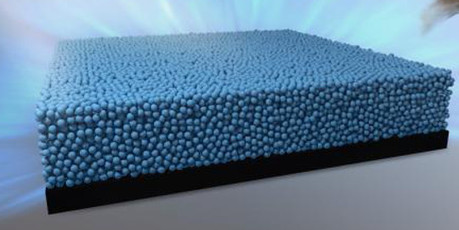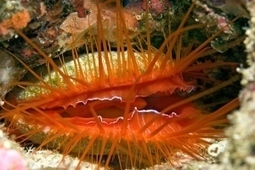"Bright colors in the natural world often result from tiny structures in feathers or wings that change the way light behaves when it’s reflected. This structural color is responsible for the vivid hues of birds and butterflies. Artificially harnessing this effect could allow us to engineer new materials for applications such as solar cells and chameleon-like adaptive camouflage. Inspired by the deep blue coloration of a native North American bird, Stellar’s jay, a team at Nagoya University reproduced the color in their lab, giving rise to a new type of artificial pigment. “The Stellar’s jay’s feathers provide an excellent example of angle-independent structural color,” says Yukikazu Takeoka, “This color is enhanced by dark materials, which in this case can be attributed to black melanin particles in the feathers.”
Research and publish the best content.
Get Started for FREE
Sign up with Facebook Sign up with X
I don't have a Facebook or a X account
Already have an account: Login
 Your new post is loading... Your new post is loading...
 Your new post is loading... Your new post is loading...
|
|












